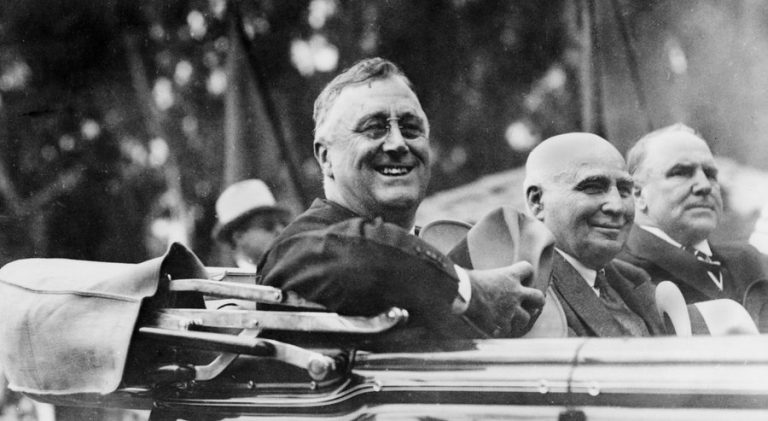Eleanor Roosevelt’s Close Relationship With the Journalist Lorena Hickok
By Amanda Vaill, OCT. 13, 2016
When Franklin Roosevelt was elected president of the United States in November 1932, his wife, Eleanor, made an extraordinary admission to the Associated Press reporter on the Roosevelt beat. “Being a Democrat, I believe this change is for the better,” she said, but she “never wanted to be a president’s wife. . . . Now I shall have to work out my own salvation.” A devotee of progressive causes and a veteran political helpmate (Franklin had been assistant secretary of the Navy and then governor of New York), Eleanor didn’t shrink from public service; but she was dismayed at the loss of privacy being a first lady would entail, and she worried that her position would keep her from the activism that gave meaning to her life.
Paradoxically, it was the A.P. journalist, Lorena Hickok, who helped her find her equilibrium…
…
In “Eleanor and Hick,” Susan Quinn, the author of several books including a biography of Marie Curie, is both circumspect and suggestive about the nature of their relationship…
Read More at the New York Times
ELEANOR AND HICK
The Love Affair That Shaped a First Lady
By Susan Quinn
Illustrated. 404 pp. Penguin Press.

